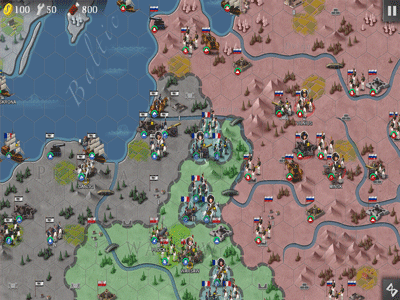
Further from the sea, seasonal differences are more noticeable than close to the coast.Įuropean culture is the root of Western civilisation, which traces its lineage back to ancient Greece and ancient Rome. The European climate is largely affected by warm Atlantic currents that temper winters and summers on much of the continent, even at latitudes along which the climate in Asia and North America is severe. Europe had a total population of about 745 million (about 10% of the world population) in 2021. Politically, Europe is divided into about fifty sovereign states, of which Russia is the largest and most populous, spanning 39% of the continent and comprising 15% of its population.

Įurope covers about 10.18 million km 2 (3.93 million sq mi), or 2% of Earth's surface (6.8% of land area), making it the second-smallest continent (using the seven-continent model). Europe is commonly considered to be separated from Asia by the watershed of the Ural Mountains, the Ural River, the Caspian Sea, the Greater Caucasus, the Black Sea and the waterways of the Turkish Straits. It is bordered by the Arctic Ocean to the north, the Atlantic Ocean to the west, the Mediterranean Sea to the south, and Asia to the east. It shares the continental landmass of Afro-Eurasia with both Africa and Asia. ^ "Europe" as defined by the International Monetary Fund.Įurope is a continent comprising the westernmost peninsulas of Eurasia, located entirely in the Northern Hemisphere and mostly in the Eastern Hemisphere. Istanbul is a transcontinental city which straddles both Asia and Europe. ^ Figures include only European portions of transcontinental countries. What's more important, Russia seems to be involved in European conflicts non-stop, excluding the latter Soviet years when they were unable to do much except for Afghanistan. In fact, what you see is that Russia is involved in many, many of the conflicts in Europe. The Russo-Georgian war was very much an European war, but decolonization wars were not. We could debate the frontiers of Europe and add colonial conflicts and international interventions, but I think this is not the point. In addition, many of the conflicts were part of the Cold War. In fact, Western Europe only has had some minor conflicts. The majority of these conflicts are on the periphery of Europe. The Czechoslovakia Invasion (300 deaths) pales in comparizon to the little known Baltic Resistance (35k deaths) to soviets, and also to the Spanish Maquis (6,5k deaths) is neglected often. Also worth mentioning the 2nd Chechen war (75k deaths). The Bosnian War was harsh (95k deaths), but much so the Greek Civil War (190k deaths). Color, according to nature of the conflict. Here is a timeline I recently made of conflicts after the WWII in Europe including Russian involvement.

2001 insurgency in the Republic of North Macedonia (National Liberation Army vs.Insurgency in the Preševo Valley (UÇPMB vs.Croatian War of Independence (Croatia vs.Turkish invasion of Cyprus (Cyprus vs.

Invasion of Czechoslovakia (Soviet Union vs.Soviet invasion of Hungary (Soviet Union vs.Cyprus Emergency, (Greek Cypriots (EOKA) vs.Northern Ireland Conflict, (1960s–1998).According to this wikipedia article there have been twenty six wars in Europe during the period of Pax Europaea.


 0 kommentar(er)
0 kommentar(er)
